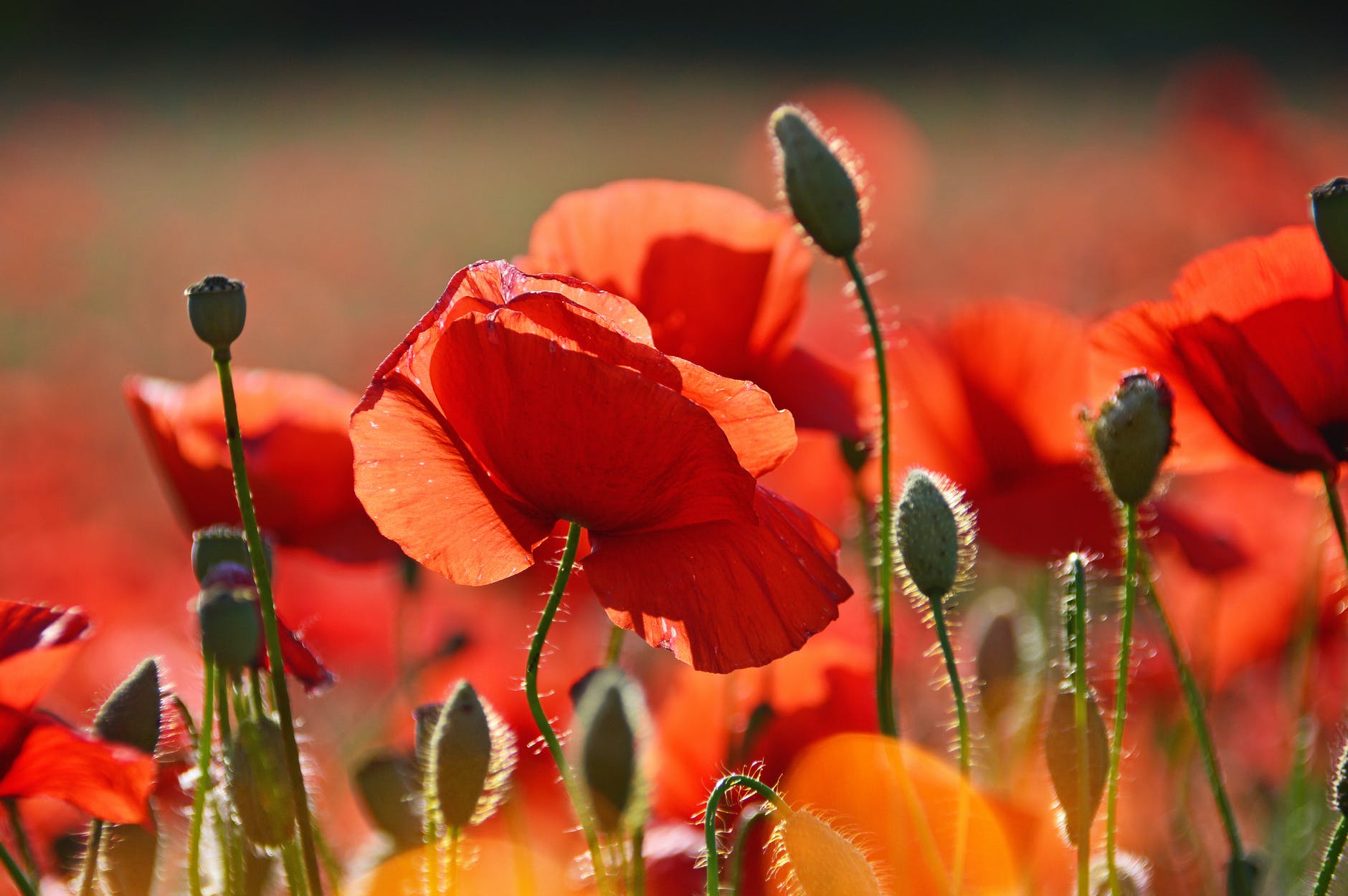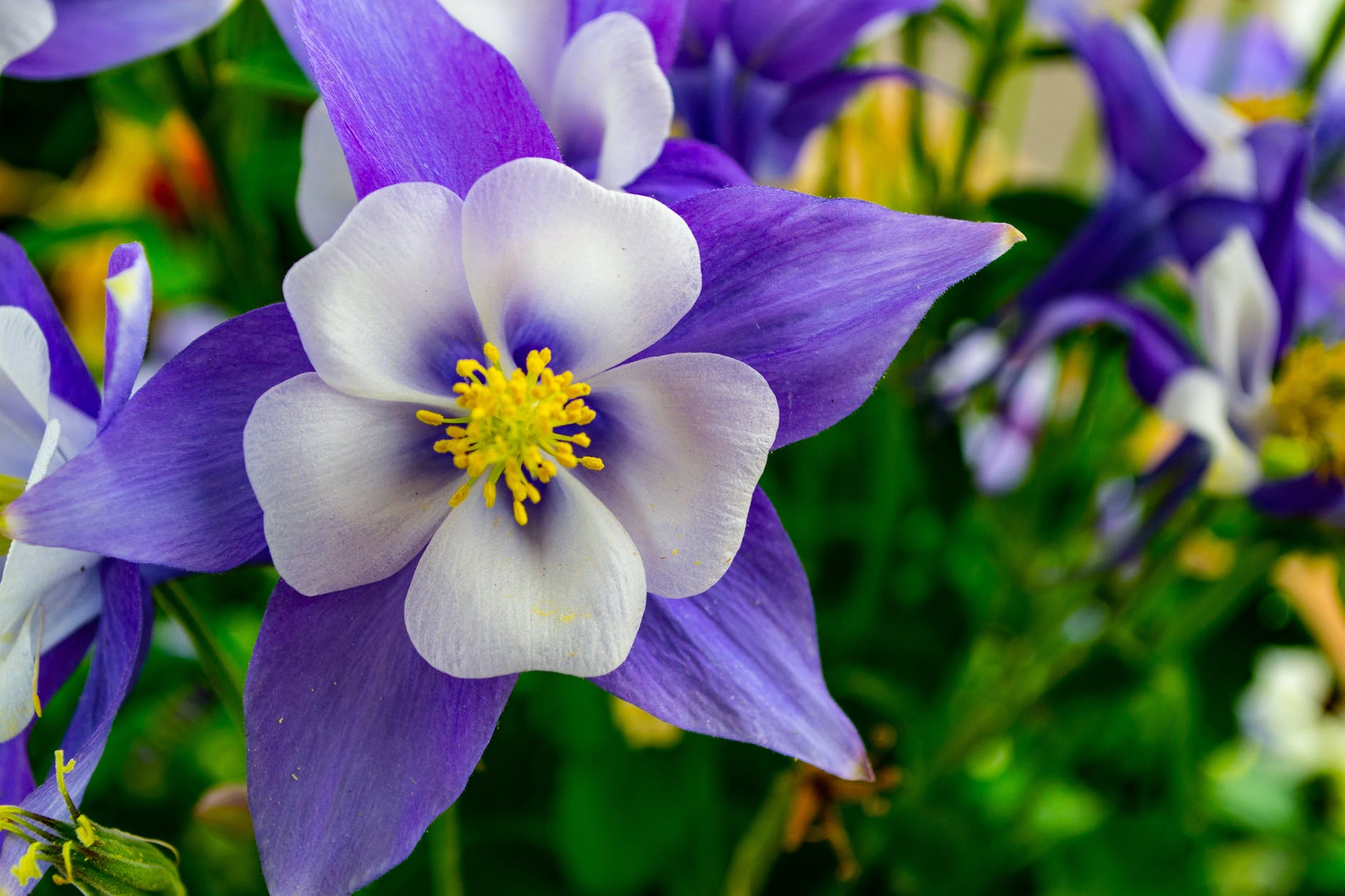WAYS TO PREPARE THE GARDEN FOR DIFFERENT SEASONS: Winter, Spring, Summer & Fall
The preparation of a garden every season takes time and effort to do so. As the growing season is short, in September there is usually a preservation marathon and trying to keep up with all the harvest that comes in all at once.
As the new season starts, there is little time for weeding, trimming, or making careful assessments as to the health of the plants. They are usually on their own, and either succeeds or fails.
By the end of season, most of the garden is a mess of dead or dying plants, weeds, and rotting fruits if left unattended.
In this article, we will help you improve your gardening preparations every season, and in accordance to that season.
PREPARATIONS ON YOUR GARDEN FROM FALL-TO-WINTER SEASON: a step-by-step guide
Fall has this inevitable effect of slowing the activity in your garden. After the rush of spring planting and the peak of summer’s harvest, it’s tempting to shut the garden gate and let nature take its course. Depending on your location, perennials may be blushing with color and may start to drop their leaves soon, undoubtedly, “winter is coming”— and fall may require heavy cleaning, If you would like to reduce the amount of work facing you during next year’s spring frenzy.
These steps will not only help your spring and summer run more smoothly, they can also improve your yields over the long term.
Step-1: Clean up rotting and finished plants ( and fallen leaves):
Besides looking untidy, old plants can harbor disease, pests, and funguses. Removing spent plants from the soil surface or burying them in garden trenches (if they are disease-free) prevents pests from getting a head start come springtime. Burying old plants in your garden also adds organic matter to your soil, improving soil tilth and overall health.
Step-2: Remove invasive weeds- root-by-root:
Dig them up and place them in the trash or burn them on autumn’s burn piles. Most invasive weeds remain viable in a compost heap or weed pile, so resist the urge to simply shift them to another part of your garden. Removing invasive plants completely is the only way to prevent those plants from sprouting all over again and disrupting next year’s crop.
Step-3: Prepare your soil for spring:
Despite the fact that most people reserve this activity for the spring, fall is a great time to dig in soil amendments like manure, compost, bone meal, kelp, and rock phosphate. In most climates, adding nutrients at this time of year means the additions have time to start breaking down, enriching your soil, and becoming biologically active. It also means that you won’t have to wait until your garden dries out for the first time in the spring to work out the soil.
Once you’ve added any amendments in fall, you can cover the bed with sheet plastic or other covering to prevent winter rains from washing the amendments below the active root zone; this applies especially to raised beds since they drain more readily than in-ground beds. In early spring, remove the sheeting and till lightly with a hoe prior to season planting.
Step-4: Plant cover crops:
In many climates, late summer or early fall is a good time to sow cover crops like rye, vetch or clover. Planting of certain crops that will survive the winter and grow early in the spring helps prevent soil erosion, break up compacted areas and increase levels of organic matter in garden beds. Cover crops also add nutrients.
In late September or early October, cover crops should be planted so they have a chance to get developed before the weather gets very cold.
Step-5: Harvest and regenerate your compost:
Now that the heat of summer is over and nature’s microbes are settling in for their winter’s nap, you may be tempted to ignore your compost heap. This would be a missed opportunity in two ways.
- First, material composted over the summer is probably finished and ready to go. Using this rich material to top up garden beds, amend deficient soils, or fertilize lawns and landscaping will nourish your soil and jumpstart growth come springtime. If you need more, you can get composts for sale pretty easily.
- Second, cleaning out finished compost means making way for another batch, which—in most areas—can be insulated against winter’s chill.
Step-6: Replenish mulch:
Mulching in winter has many of the same benefits as summer mulching. These include reducing water loss, protecting the soil from erosion, and inhibiting weeds.
Winter mulching has other benefits as well: as the soil transitions to colder weather, the freezing and thawing of the earth can adversely affect garden plants, whose roots suffer from all that churning and heaving. Adding a thick layer of mulch to the soil surface helps regulate soil temperatures and moisture and ease the transition into winter. A thick layer of mulch around root vegetables left in the garden for your fall and winter harvest can also buffer against hard frosts and prolong your crop. And as the mulch breaks down it incorporates fresh organic material into your soil.
Note: There are garden tools available in the market to make this job a lot easier.
Step-7: Review and assess your growing season:
If your plants are performing adequately, consider extending your harvest by adding varieties that ripen earlier or later in the season. When considering vegetable performance, take careful notes for next season about what worked and what didn’t. Some of the season’s successes and failures can be chalked up to weather, but others are within your control. These include soil fertility, moisture levels, and plant placement.
PREPARATIONS ON YOUR GARDEN FROM SPRING-TO-SUMMER SEASON: a step-by-step guide
Spring is such an exciting time; it’s an excuse to start fresh. Why not make good use of this time and begin to plan your garden expertly for spring?
Here are a few tips on spring gardening to get the best head start.
Step-1: Basic Preparations
With dead leaves and foliage dropping in from the trees and bushes, during the winter your flower beds are likely to have collected a fair few. Remove any dead leaves from your beds and borders, as well as any rubbish that has collected over the winter.
Trim the edges of your borders, and turn your soil to cultivate it and help plants to thrive.
Also, you need to get rid of weeds. Spring is the perfect time for your soil and lawn to eradicate any weeds. You can also pull any weeds that have grown in surfaces between paving slabs or cracks.
Step-2: Cut back any bushes
Spring is the season when new life begins to thrive, but it is important to remove any old branches and leaves from your bushes first. To allow new buds to blossom, there may be dead parts that need to be removed.
Prune bushes and this will enable them to flower during the spring and summer.
Step-3: Plotting your Garden soil
Mark out the beds or rows you want to use once your plot is prepared, and start planting whatever crop(s) is suitable for the season. It’s tempting to think that you should plant your whole garden, but since certain crops at the beginning of the season cannot withstand cold, the garden can only fill up gradually.
Step-4: Plant summer flowering plants and bulbs
A summer garden looks best when it boasts a riot of color from attractive plants and flowers. To ensure your garden springs into life this summer, make sure that you plant some summer flowering plants and bulbs in the spring.
Lilies, dahlias, crocuses and iris are all great colorful options that you might want to try.
Step-5: Tidy your patio area & clean your Bird tables
This is optional:
Rejuvenate your patio by removing any rubbish that has collected. With a pressure washer, you could even give paving stones a blast to lift up any moss or dirt and leave them looking as good as new.
If you like to attract wildlife to your garden, you’ll probably have a bird table stationed somewhere. It’s important that you keep your bird table clean to avoid harming the birds. When you’re spring cleaning the garden, make sure you give any bird table clean and re-stock with seeds and nuts.
Step-6: Start composting
The consistency of your garden soil can be greatly improved by good compost. If you don’t already have one, get a compost bin or, if you enjoy a bit of DIY. You can then throw waste (and kitchen waste, such as vegetable peels) into your yard. The rotting process produces excellent compost to help your plants thrive, which is ideal for adding to your soil. Make sure to keep the compost moist and turn it on regularly to promote airflow and decomposition. Over time, the materials will break down into nutrient-rich soil that can be used in your garden or potted plants. Check this article on how to compost at home for beginners to learn the basic steps. In addition, remember to avoid adding meat, dairy, or oily foods to your compost, as they can attract pests and slow down the composting process.
And that’s it!
Always remember, Wherever you live, there are always steps you can take to prepare for next year’s gardening season. Taken now, these steps will not only help your fall-winter & spring-summer run more smoothly, they can also improve your yields over the long term.




